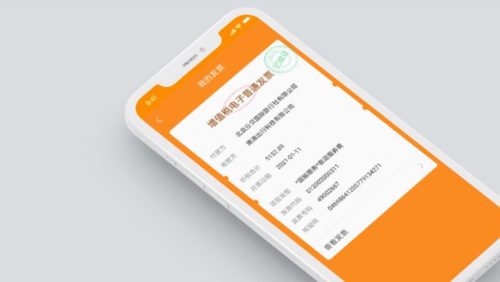Sun Shuang: China becomes world’s fintech hub with most deals completed in 2018

The rise of mobile payment platforms such as WeChat Wallet and Alipay has transformed the lives of many Chinese. Driving the adoption of mobile payments in China is the country’s thriving financial technology (fintech) sector. The Brookings Institution has noted that out of the 27 fintech “unicorns,” meaning fintech startups with valuations exceeding $1 billion globally, nine are Chinese (including one from Hong Kong) and 12 are American.
What contributes to the boom of China’s fintech industry and what are some risks under its glamorous surface? We spoke with Sūn Shuǎng 孙爽, an analyst at 01Caijing, a fintech knowledge service institution based in Beijing, at an event organized by Asian Financial Society in New York City on January 18.
What is fintech and when did it emerge in China?
Fintech is an innovative use of technology in the design and delivery of financial products and services. The concept came up in China around 2013 when Ant Financial set up Yu’e Bao. It consists of marketplace lending, mobile payment, blockchain, wealthtech, and insurtech.
How is fintech developing in China so far?
China is definitely the fintech hub, with about 600 deals completed in 2018, followed by the U.S., India, and Singapore. Out of the world’s top eight companies that invested heavily in fintech in 2018, five of them are from China, with Ant Financial coming in first with $14 billion in fundraising. Last year, the majority of fintech investment deals in the world were related to blockchain and peer-to-peer [lending, often abbreviated to P2P], with the total investment on blockchain projects amounting to 42 billion yuan ($6 billion).
What are the kinds of risks involved in fintech?
Yes, when some P2P lending operators in China raise money from their portals, they just go away, go abroad. In that case, the investors are cheated. Chinese regulators have noticed this kind of fraud, but since the fraudulent operators went abroad, it was very difficult to regulate them. So the P2P lending in China has been regulated more strictly now to avoid such fraud from happening. One example of the policy change is that if your platform’s loan balance is less than $15 million, you can’t continue to open your platform in some areas, such as in Hangzhou.
In recent years, mobile payments have taken off in China. What contributes to the success of this technology?
I think the main reason is the lack of traditional banking services in China, which leads to the growth of other financial services.
What’s your outlook for the fintech industry in 2019?
What I want to mention specifically is blockchain technology. I think in 2019, the situation will become more complex. In China, there are 34 banks, ranging from the central bank to urban commercial banks, which have carried out nearly 140 blockchain-related practices recently. Chinese banks’ blockchain exploration mainly focuses on trade finance, supply chain finance, and digital notes, instead of asset management and money transfer.
Blockchain is still in an early stage and has many problems. First, it’s difficult to establish balance among the scalability, decentralization, and security of the consensus algorithm. Second, it is difficult to guarantee consistency between the data off and on the blockchain. Last but not least, it lacks unified standards in terms of evaluation of technology and application.
I know that blockchain technology has been applied in the food industry in China. Has that been a successful application?
Not really. I think the first and the most successful application of blockchain is bitcoin. What you saw may not be true because blockchain itself can’t guarantee the consistency of the data you see on and off the chain. Even in the food industry, you can’t ensure that what you see online is the same with what you see off the chain. So I don’t think it’s a successful application in the food industry. I think you should pay more attention to bitcoin.
What’s the current status of bitcoin development in China?
First of all, it’s not true to say that bitcoin is banned in China. You can still buy it. It’s an asset instead of currency in China. That means you can’t use bitcoin as currency in the supermarkets because nobody would accept it, but you can trade bitcoin with other investors. You buy it with the hope that its value will go up, not using it to buy stuff. You can’t open a digital currency exchange in China. But you can use it peer-to-peer instead of through an exchange.
Bitcoin’s market cap consists of nearly half of the entire cryptocurrency world. We have seen the price of bitcoin climb up to a record high of nearly $20,000 in early 2018 and then drastically decline down to around $3,200 at the end of it. Now bitcoin’s market cap is only $57 billion.
What can cause the price of bitcoin to go down?
We find that when three things happen, the price of bitcoin may go down. We are not saying that these factors have caused the downgrade of bitcoin’s price. We just find that they happened at the same time. The first one is when portal websites like Facebook and Google ban cryptocurrency advertisement. The second one is when famous cryptocurrency exchanges like Binance and Coincheck are hacked. And last but not least, bitcoin itself has a hard fork.





